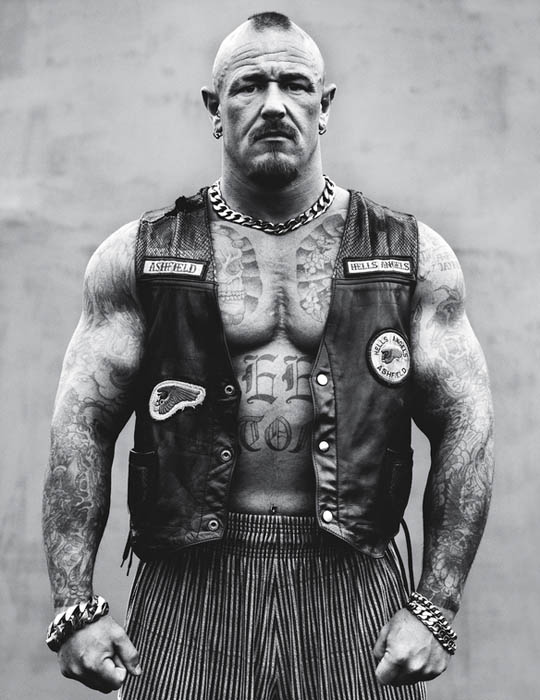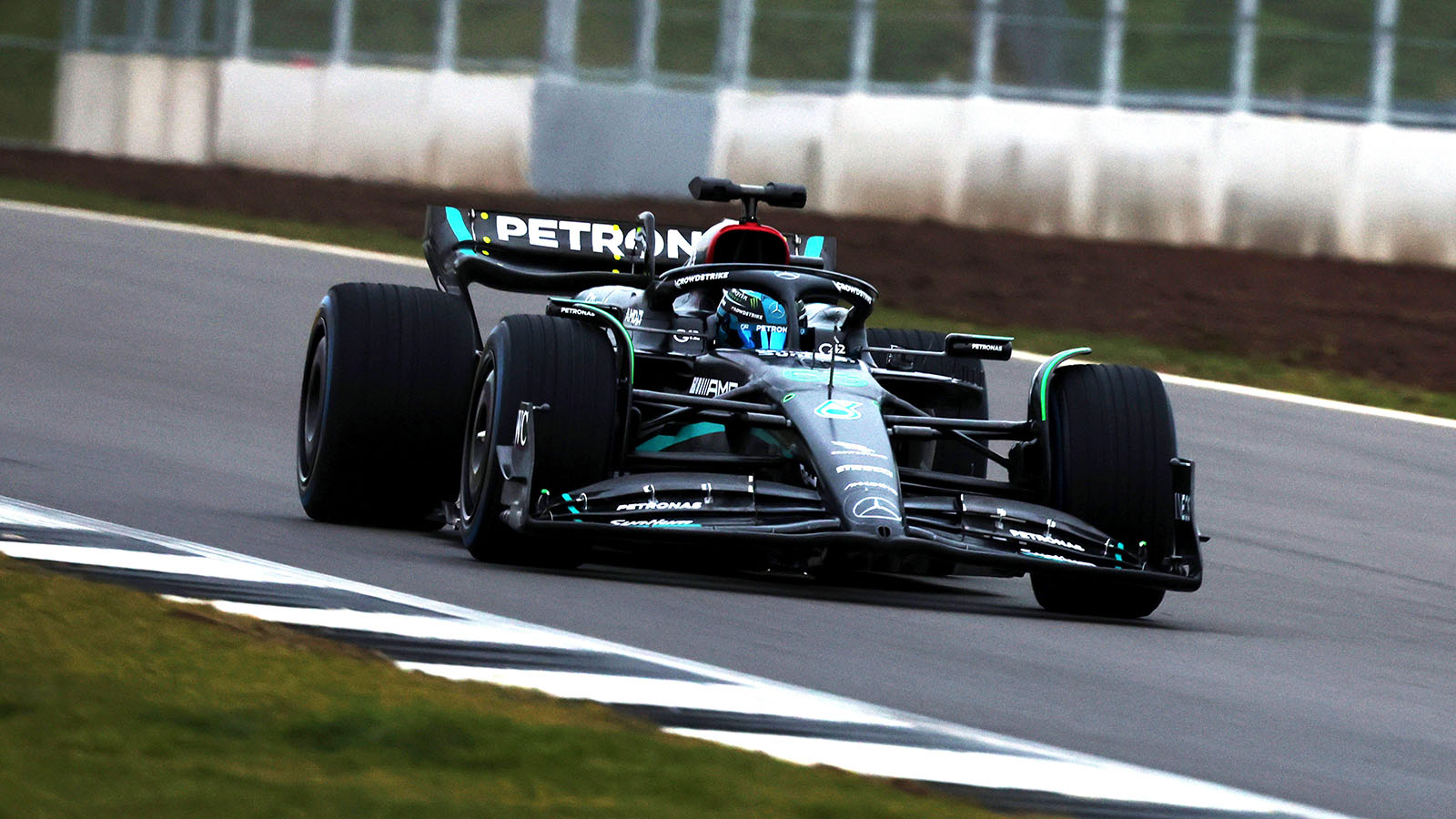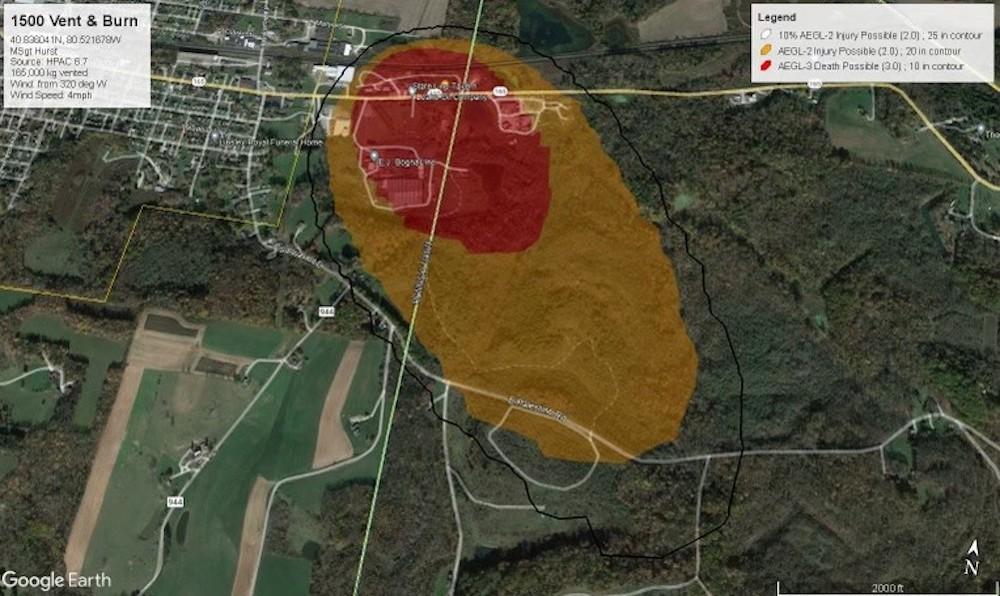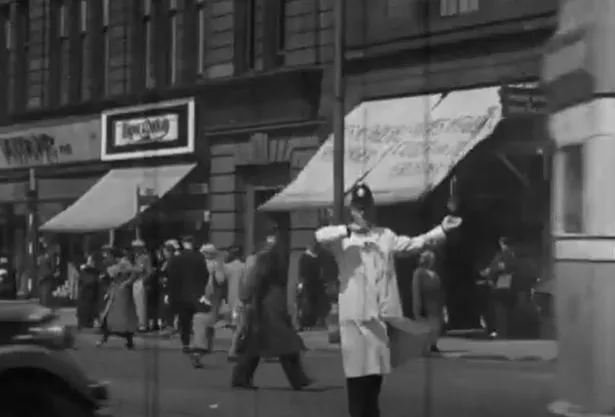The Hells Angels Motorcycle Club: History, Structure, And Activities

Table of Contents
A History of the Hells Angels Motorcycle Club
Early Years and Formation
The Hells Angels Motorcycle Club's origins trace back to post-World War II California. Founded in 1948 in Fontana, California, the club initially comprised veterans and other individuals drawn to the burgeoning biker culture of the era. This post-war atmosphere, characterized by disillusionment and a yearning for rebellion, provided fertile ground for the Hells Angels' emergence.
- Initial Members: The early members, many of whom were veterans, embraced a rebellious spirit and a fascination with powerful motorcycles.
- Early Conflicts: Almost immediately, the club engaged in conflicts with other motorcycle clubs, establishing their reputation for violence and territoriality.
- Early Activities: While the initial activities were primarily centered around motorcycle riding and socializing, the seeds of criminal behavior were sown early on.
Expansion and Growth
From their California roots, the Hells Angels expanded rapidly across the United States and internationally. This growth was fueled by a combination of factors, including the club's appeal to a counter-cultural ethos, aggressive recruitment tactics, and, importantly, their involvement in various criminal activities.
- Establishment of Chapters: The establishment of chapters in different cities and states, and eventually other countries, solidified their organizational structure and territorial control. Each chapter operates with a degree of autonomy yet remains tied to the overall Hells Angels network.
- Branding and Insignia: The distinctive Hells Angels insignia, including the "death head" logo, became a powerful symbol of the club's identity and a mark of intimidation.
- Territorial Disputes: The club's expansion was often accompanied by violent territorial disputes with rival motorcycle gangs, leading to numerous clashes and biker wars.
The Hells Angels and the Law
The Hells Angels have a long and well-documented history of conflict with law enforcement agencies worldwide. Their involvement in various criminal activities has resulted in numerous arrests, trials, and extensive investigations.
- Drug Trafficking: Drug trafficking has consistently been a major source of revenue for many Hells Angels chapters. Numerous investigations have uncovered large-scale drug operations linked to the club.
- Violence and Extortion: The club's history is rife with incidents of violence, including assaults, murders, and intimidation tactics used for extortion and control of territory.
- Major Legal Cases: Significant legal cases, involving racketeering charges and other serious offenses, have highlighted the scale and nature of the Hells Angels' criminal enterprise.
The Structure and Hierarchy of the Hells Angels
The Chapter System
The Hells Angels operate through a decentralized chapter system. Each chapter functions relatively independently, but maintains a strong allegiance to the overall organization. This decentralized structure makes the club more resilient to law enforcement crackdowns.
- Chapter Autonomy: Individual chapters have a significant degree of autonomy in their local operations, allowing them to adapt to local circumstances.
- Prospecting and Membership: Becoming a full-fledged member involves a lengthy prospecting period, where potential members prove their loyalty and commitment to the club.
- Hierarchy within Chapters: A clear hierarchy exists within each chapter, with a defined leadership structure and strict rules governing members' conduct.
National and International Organization
While decentralized at the chapter level, the Hells Angels maintain a degree of national and international coordination. The exact nature of this organizational structure remains somewhat opaque, but various mechanisms facilitate communication and decision-making.
- Mother Chapters: Certain chapters, often older and more established ones, hold significant influence and serve as a kind of "mother chapter" for their regions.
- Communication Networks: Despite their decentralized nature, communication networks exist to maintain cohesiveness and coordinate activities across different chapters.
- Leadership Structure: While less formally structured than some other criminal organizations, leadership roles exist, and certain individuals wield considerable power and influence within the Hells Angels' network.
Activities of the Hells Angels Motorcycle Club
Legal Activities
While largely associated with criminal activities, the Hells Angels do engage in some legitimate activities, though their primary source of income is illegal. These activities often serve to build and maintain their public image and sense of community.
- Motorcycle Rallies and Events: The club organizes and participates in large motorcycle rallies and events, often drawing significant media attention.
- Motorcycle Culture: The club embraces and promotes a specific motorcycle culture, fostering a sense of brotherhood and identity amongst its members.
- Merchandise Sales: The sale of Hells Angels merchandise can provide a supplemental income stream.
Illegal Activities
The Hells Angels’ involvement in various criminal activities is well-documented and forms a significant aspect of their overall operations. These activities are the primary source of their wealth and power.
- Drug Trafficking (Manufacturing, Distribution, and Sales): This remains one of the most significant and profitable criminal activities for many Hells Angels chapters worldwide.
- Extortion and Racketeering: Extortion and racketeering are common tools used to maintain control over territories and businesses.
- Violence and Murder: The club’s history is punctuated by acts of violence, ranging from assaults to murders, used to intimidate rivals and enforce their control.
Conclusion
The Hells Angels Motorcycle Club remains a complex and controversial organization. Its history is marked by both a passionate motorcycle culture and a long association with criminal activity. Understanding its intricate structure and diverse activities requires examining both its legitimate and illegitimate facets. From its origins in post-war California to its global presence today, the Hells Angels represent a fascinating, yet disturbing, chapter in the history of outlaw motorcycle gangs. Further research into the Hells Angels Motorcycle Club, considering various perspectives and reputable sources, is crucial to gaining a comprehensive understanding of this enduring phenomenon. Learn more about the Hells Angels and the intricacies of outlaw motorcycle gangs by continuing your research into this complex topic.

Featured Posts
-
 George Russell 1 5m Debt Repaid Fuels Mercedes Contract Speculation
May 26, 2025
George Russell 1 5m Debt Repaid Fuels Mercedes Contract Speculation
May 26, 2025 -
 Organizers Seek Volunteers For Annual Myrtle Beach Cleanup
May 26, 2025
Organizers Seek Volunteers For Annual Myrtle Beach Cleanup
May 26, 2025 -
 Lingering Effects Toxic Chemical Contamination From Ohio Train Derailment
May 26, 2025
Lingering Effects Toxic Chemical Contamination From Ohio Train Derailment
May 26, 2025 -
 Glasgow Airport Wrongful Arrest To Become Feature Film
May 26, 2025
Glasgow Airport Wrongful Arrest To Become Feature Film
May 26, 2025 -
 Baffie Et Ardisson Les Coulisses Explosives De Tout Le Monde En Parle Revelees
May 26, 2025
Baffie Et Ardisson Les Coulisses Explosives De Tout Le Monde En Parle Revelees
May 26, 2025
